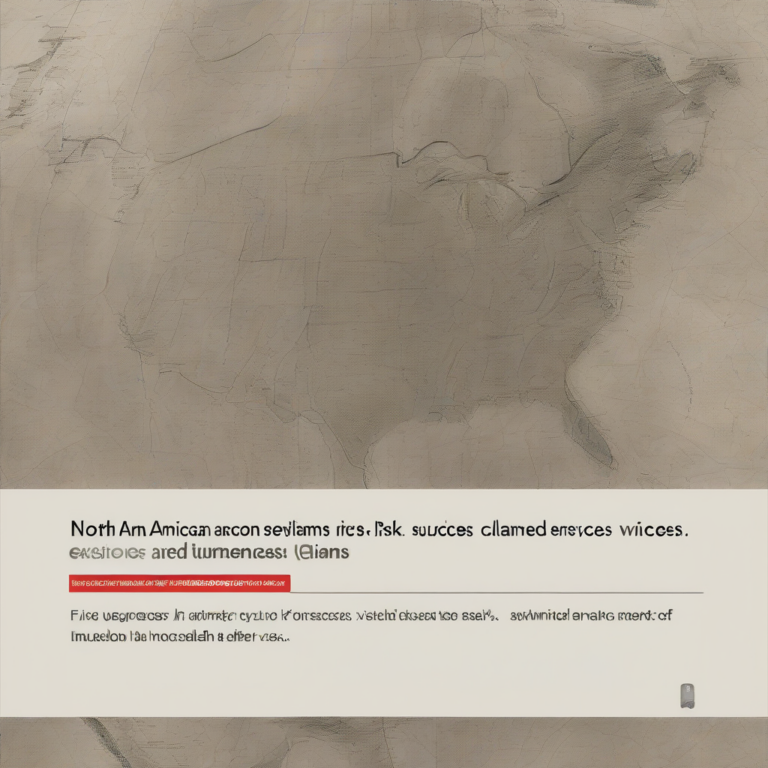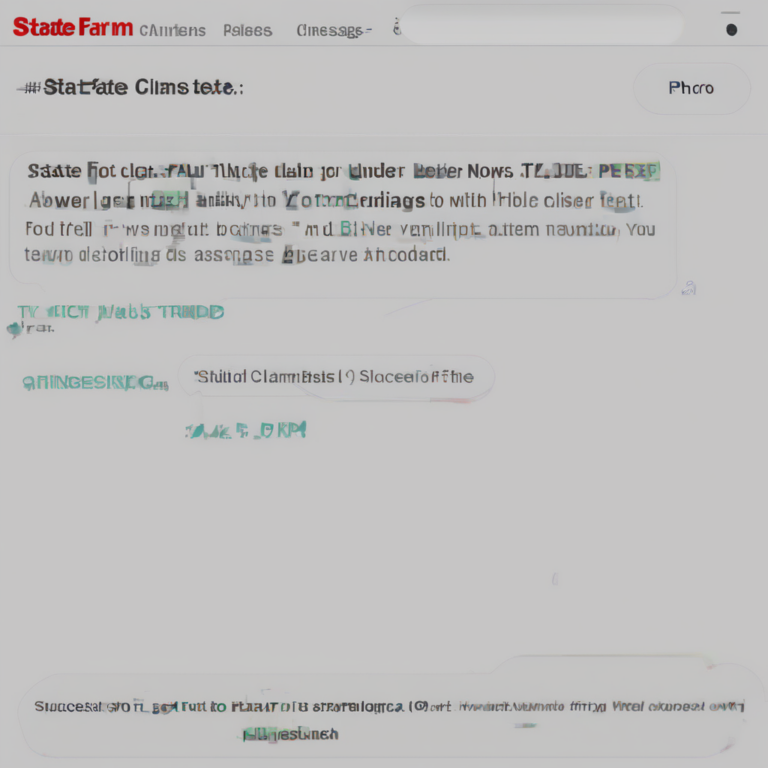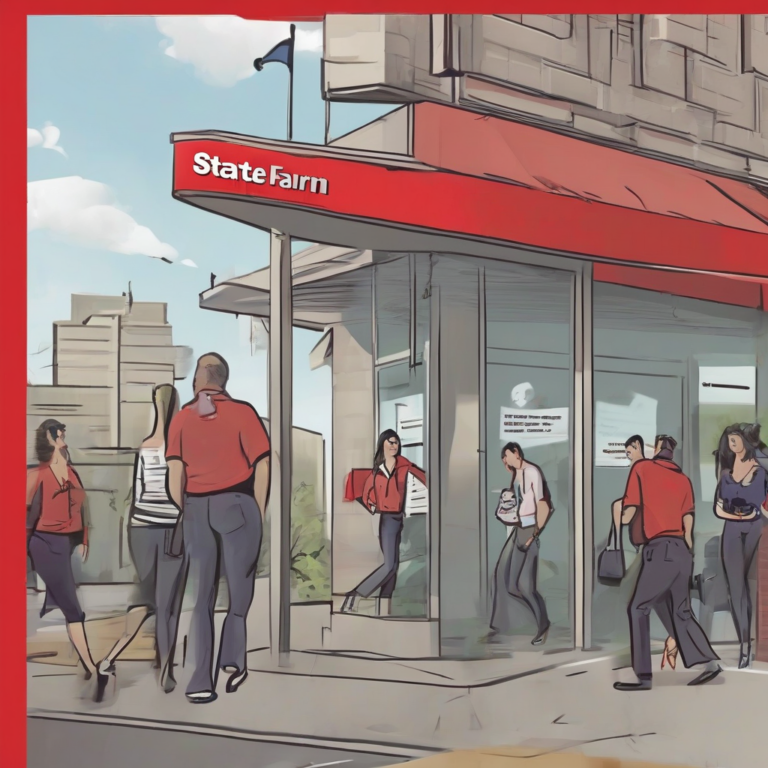Nationwide Claims: A Comprehensive Guide to Navigating the Process
Nationwide Claims: A Comprehensive Guide to Navigating the Process
Filing a claim, whether it’s for insurance, a warranty, or a government benefit, can be a stressful experience. Understanding the process, gathering the necessary documentation, and knowing your rights are crucial for a smooth and successful outcome. This guide focuses on navigating nationwide claims, addressing common issues and providing practical advice across various claim types.
Understanding Nationwide Claims
A “nationwide claim” refers to a claim submitted to a company or organization that operates across a wide geographical area, often the entire country. This contrasts with local or regional claims processed by smaller, localized entities. The scale of a nationwide claim often means standardized processes, potentially leading to both efficiencies and challenges for claimants.
- Standardized Procedures: Nationwide organizations typically have established protocols for processing claims, aiming for consistency and fairness across all locations.
- Centralized Systems: Claims are often managed through centralized systems, potentially speeding up processing times compared to smaller organizations.
- Potential for Delays: The volume of claims processed by nationwide organizations can sometimes lead to longer processing times than smaller, localized businesses.
- Communication Challenges: Communicating with a large organization can sometimes be difficult, requiring navigating multiple departments or contact points.
Types of Nationwide Claims
The term “nationwide claim” applies to a broad range of claim types. Understanding the specifics of your claim type is essential for effective navigation.
- Insurance Claims (Auto, Home, Health): These involve submitting claims to insurance providers for coverage related to accidents, damage, or medical expenses. Each type of insurance (auto, home, health) has specific procedures and documentation requirements.
- Warranty Claims: Submitting a claim to a manufacturer or retailer for repair or replacement of a defective product under its warranty. This often involves providing proof of purchase and details of the defect.
- Government Benefits Claims (Social Security, Disability): Applications for government benefits involve detailed documentation and often require navigating complex application processes and eligibility requirements.
- Credit Card Disputes: Challenging incorrect or fraudulent charges on a credit card involves submitting a claim to the credit card company, providing supporting evidence.
Steps in Filing a Nationwide Claim
While the specifics vary depending on the claim type, several common steps are involved in filing a nationwide claim:
- Gather Necessary Documentation: This is crucial and varies significantly by claim type. Examples include proof of purchase, medical records, police reports, photos of damage, and more.
- Submit the Claim: This can involve online portals, phone calls, mail, or a combination of methods. Carefully follow the instructions provided by the organization.
- Claim Number Assignment: Once submitted, you’ll typically receive a claim number, which is essential for tracking the progress of your claim.
- Follow Up: Regularly check the status of your claim and follow up if there are delays or unanswered questions. Keep records of all communications.
- Appeal Process: If your claim is denied, understand the appeal process and consider seeking professional assistance if needed.
Common Challenges in Nationwide Claims
Navigating nationwide claims can present several challenges:
- Lengthy Processing Times: High volumes of claims can result in significant delays. Be prepared for potential waiting periods.
- Complex Procedures: The processes can be intricate and require careful attention to detail to avoid errors.
- Communication Difficulties: Connecting with the right person or department can be challenging in large organizations.
- Documentation Requirements: Gathering all the necessary documents can be time-consuming and require meticulous organization.
- Claim Denials: Understand the reasons for denial and the process for appealing a decision.
Tips for a Successful Nationwide Claim
To increase the likelihood of a smooth and successful claim process:
- Read the Fine Print: Carefully review the terms and conditions of your policy, warranty, or benefit program.
- Keep Detailed Records: Maintain meticulous records of all communications, documents, and dates.
- Be Organized: Organize your documents carefully and keep them readily accessible.
- Communicate Clearly: Clearly and concisely explain your situation and provide all necessary information.
- Follow Up Promptly: Regularly check the status of your claim and follow up if there are delays.
- Seek Professional Assistance: If you encounter significant difficulties, consider seeking help from a lawyer or claims specialist.
Specific Examples of Nationwide Claim Processes
Let’s explore some specific examples of nationwide claim processes:
Auto Insurance Claims
- Reporting the Accident: Immediately report the accident to your insurance company and the police.
- Gathering Evidence: Collect information from witnesses, take photos of the damage, and obtain a police report.
- Submitting the Claim: Submit your claim online, by phone, or by mail, providing all relevant documentation.
- Appraisal and Repair: Your insurance company may arrange for an appraisal of the damage and authorize repairs.
Home Insurance Claims
- Reporting the Damage: Immediately report any damage to your home to your insurance company.
- Securing the Property: Take steps to protect your property from further damage.
- Documenting the Damage: Take photos and videos of the damage and keep records of all repairs and expenses.
- Submitting the Claim: Submit your claim with all relevant documentation, including photos and receipts.
Health Insurance Claims
- Understanding Your Coverage: Review your health insurance policy to understand your coverage and benefits.
- Submitting Claims: Submit your claims electronically or by mail, providing necessary information and medical records.
- Explanation of Benefits (EOB): Review your Explanation of Benefits statement to understand the amount paid and any remaining balance.
Legal Considerations in Nationwide Claims
Understanding your legal rights is essential when dealing with nationwide claims. Depending on the claim type, various laws and regulations may apply.
- Insurance Laws: State and federal laws govern insurance practices, protecting consumers’ rights.
- Warranty Laws: Federal and state laws establish standards for product warranties and consumer protection.
- Government Benefits Regulations: Detailed regulations govern eligibility and processing of government benefits claims.
Conclusion
Navigating nationwide claims requires careful planning, organization, and a clear understanding of the process. By following the steps outlined in this guide, gathering necessary documentation, and communicating effectively, you can significantly increase your chances of a successful outcome.






